How a Mega Backdoor Roth Can Accelerate Your Retirement Savings
One of the obstacles in the way of saving a lot of money in a short amount of time is the 401(k) and IRA contribution limits. Contributions to these accounts are limited to restrict the amount of tax-advantaged money an individual can save at once. However, I have a solution for those that got a late start on retirement planning. The solution is a Mega Backdoor Roth IRA where I will describe what it is, how it works, who should consider it, as well as other alternatives.
Key Takeaways:
· What is a Mega Backdoor Roth IRA?
· How a Mega Backdoor Roth IRA Works
· Who Should Take Advantage of a Mega Backdoor Roth IRA
· Alternative Options if you Don’t Qualify for the Mega Backdoor Roth IRA
What is a Mega Backdoor Roth IRA?
We will start with what a Mega Backdoor Roth IRA is. A Roth 401(k) and Roth IRA are retirement accounts that take post-tax contributions. The money within these accounts will continue to grow tax-deferred and can be withdrawn tax-free in the future. Therefore, the benefit of having a Roth IRA is the ability to pay tax on the money before growth. This means your principal investment in addition to the growth can both be withdrawn tax-free once the withdrawal criteria is met.
The Roth 401(k) is dependent upon whether your company has that option. Many large companies do and there’s no income limitation. If you own your own business, then you could set up a small business 401(k) and opt for a Roth 401(k) contributions as well. The Roth IRA has contribution and income limitations that make contributing to the account more complex. These complication include the individuals adjusted gross income as well as their tax-filing status.
If you are a single filer, then your adjusted gross income for 2023 must be under $153,000 to make the full contribution. To contrast, a couple married filing jointly can make the full contribution if their adjusted gross income is under $228,000 in 2023.
The other way to contribute to a Roth IRA is through the conversion of your Traditional IRA or 401(k) money to a Roth IRA. You would have to pay tax on the amount at your current rate, but you’d receive the benefits of having your money in a Roth account. I’ve mentioned this in my podcast, but Roth conversions are best executed in years of little to no income because the tax you pay on the conversion could be done at the lowest rate possible. For more information about Roth conversions, check out my podcast, 7 Year-End Tax Moves to Consider for 2022.
How a Mega Backdoor Roth IRA Works
If you are near retirement and attempting to accelerate your retirement savings, then a Roth conversion is likely not suitable for you. What you should be trying to do is get money into your Roth accounts so that you can get the benefit of tax deferred growth. One way to do that is to be eligible for what’s known as a mega backdoor Roth IRA.
In 2023, you are eligible to contribute up to $22,500 in your 401(k). Those who are age 50 or older can contribute an additional $7,500 through the catch-up clause for a total 401(k) contribution of $30,000. To contrast, an individual can contribute up to $6,000 to a Roth IRA in 2023. This includes an additional $1,000 for individuals ages 50 and over for a total available contribution of $7,500. So what should you do if you want to save beyond these amounts and have it benefit you by being tax-deferred?
Well, you may be eligible to make the mega backdoor Roth account so let’s cover how to test your eligibility. The first thing you need to check is if your company allows for after-tax contributions and in-service withdrawals. The issue is that not all companies allow this, but if you work for a large corporation then you have a much greater chance of it. For those that are self-employed, you can set up your own 401(k) plan with these options so that you can take advantage of them.
There’s a higher limit above and beyond the traditional 401(k) limit that you are familiar with. This is known as the total profit sharing contribution limit which is also dependent on whether you’re under or over age 50. If you are under age 50, then the limit is $66,000 in 2023. While those age 50 or older are allowed a catch-up contribution of $7,500 which brings the total contribution limit to $73,500. Note that these contribution limits include the contributions of your employer.
Let’s say that you work for Pratt and Whitney, which is a local company in my area owned by Raytheon. Imagine that you are making $150,000 per year and are already on schedule to maximize your traditional 401(k) contribution on a pre-tax basis. So, you’re putting in $30,000 and the employer match is 3%. Which means that your employer is contributing an additional $4,500 which brings your total combined contribution to $34,500. If you subtract that from the total profit sharing contribution limit of $73,500 then you would have $39,000 remaining before you hit the annual limit. That means you can contribute another $39,000 on an after tax basis to your Pratt and Whitney 401(k).
To make the most of this, you would want to convert that money over to a Roth IRA as soon as you can. This would give you the benefit of tax deferred growth on the money that you put away on an after tax basis. Granted, that is a lot of post-tax money to contribute so a lot of people do not have the opportunity to do that. Therefore, you should contribute the amount of post-tax funds that is comfortable for you whether that be $5,000 or $30,000. This money is going to benefit you down the road because that money is eligible to move over into your Roth IRA.
As mentioned before, you’d want to make sure that your plan also allows for in-service withdrawals or in-plan conversions. What these options will do is allow you to convert that 401(k) money into your Roth IRA. The reason for this is that any growth that occurs in your 401(k) is pre-tax money which means that you will have to pay taxes when the money is withdrawn. To contrast, the Roth IRA takes after-tax contributions so there are no taxes when the money is withdrawn.
In service withdrawals are easy if you are under age 59 and a half. In that case, most 401(k) plans only allow for the rollover of after- tax contributions. While the process is different for those over the 59 and a half mark. When you do the in-service withdrawal, you will likely not be able to request the after-tax portion of your 401(k). Instead, you would receive all of it so if you had $100,000 in your 401(k) and $20,000 worth was post-tax funds. Then you would have to pay taxes on the other $80,000.
What you should do instead is open a Traditional IRA and move the money there so that you won’t have to pay taxes on the pre-tax portion of the rollover. While the post-tax portion of the balance will be transferred to your Roth IRA. The one issue with this strategy is that it messes up any backdoor Roth contributions (not the mega backdoor Roth) you planned to make. This involves contributing the maximum to a Traditional IRA and then converting it to your Roth account. However, having Ira assets will make the strategy ineffective so that is one thing to keep in mind before doing an in-service withdrawal.
Who Should Take Advantage of a Mega Backdoor Roth IRA?
This Mega Backdoor Roth IRA would be suitable for those who are already maximizing their traditional 401(k) contributions, not eligible for a Roth IRA contribution, and have other IRA assets that are disqualifying you from that. Next you need to be okay cash flow wise, and ideally would have completed some of your other key financial goals such as creating an emergency fund, paying down debt, and saving for college. The other important factor is whether your company allows for in-service withdrawals as they are required for the mega backdoor Roth IRA.
One important fact is that the Build Back Better plan, which did not pass, included a clause that would eliminate the ability to convert these after-tax money over to a Roth IRA. If it does pass in the future, you would still be able to contribute on an after-tax basis. However, you wouldn’t be able to convert the money so the benefits of doing so are reduced.
As mentioned above, you need to check if your company allows for in-service withdrawals. I have talked with clients and companies such as Prudential, Lockheed Martin, and Raytheon all offer this option. The best way to check is to call your 401(k) provider and ask if in-service withdrawals or in-plan conversions are allowed. It could be better if your plan allows for in-plan conversions because this way you won’t have to go through the steps of processing the in-service withdrawal and then taking the money and moving it over to a Roth IRA. Instead, the in-plan conversion allows the company to convert that money into a Roth IRA for you without the extra hassle. There are not a lot of companies that offer this, however more companies are starting to do this so it’s important to check.
Alternative Options If You Don’t Qualify for the Mega Backdoor Roth IRA
If you don’t qualify because you company doesn’t offer it then one alternative is to use a taxable investment account. You could purchase mutual funds or exchange traded funds (ETF’s) with low turnover and invest in those. You would only pay tax on the dividends and interest on an annual basis until you sold the investments. You could also consider the backdoor Roth IRA conversion that I mentioned at the beginning of the blog. Or to contribute to a Roth 401(k) if your employer offers it. The issue with that is that you would not receive any tax deductions from doing so.
Therefore, my #1 strategy would be to contribute the maximum to your 401(k) on a pre-tax basis which would help you get the maximum deduction possible. Then you would maximize your 401(k) profit sharing contribution by putting in as much after-tax money as you could and then converting that on an annual basis. Again, we must keep aware of what happens with the Build Back Better plan. If some version were to pass in Congress and the conversion feature was eliminated, then that could screw up your plans for a Mega Backdoor Roth IRA. For now, it still works in the 2023 tax year so you should take advantage of it while you can.
I hope you enjoyed this blog about how you can accelerate your retirement savings with a mega backdoor Roth IRA. If you are interested in any of the strategies discussed above, but would like professional help in doing so then I would recommend you sign up for my free consultation. In addition to these strategies, my services cover tax return analysis, investment analysis, and providing retirement recommendations.



